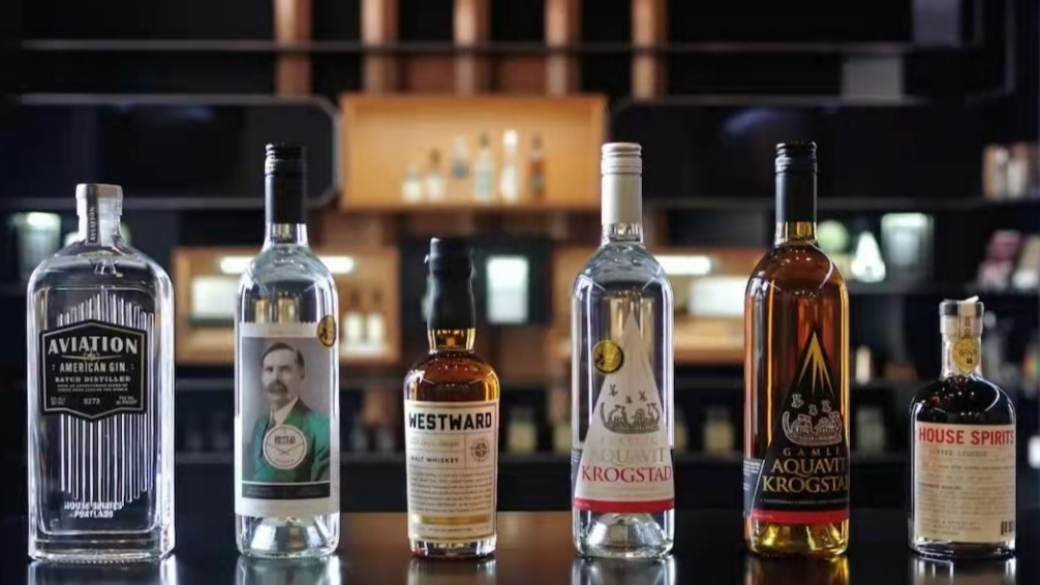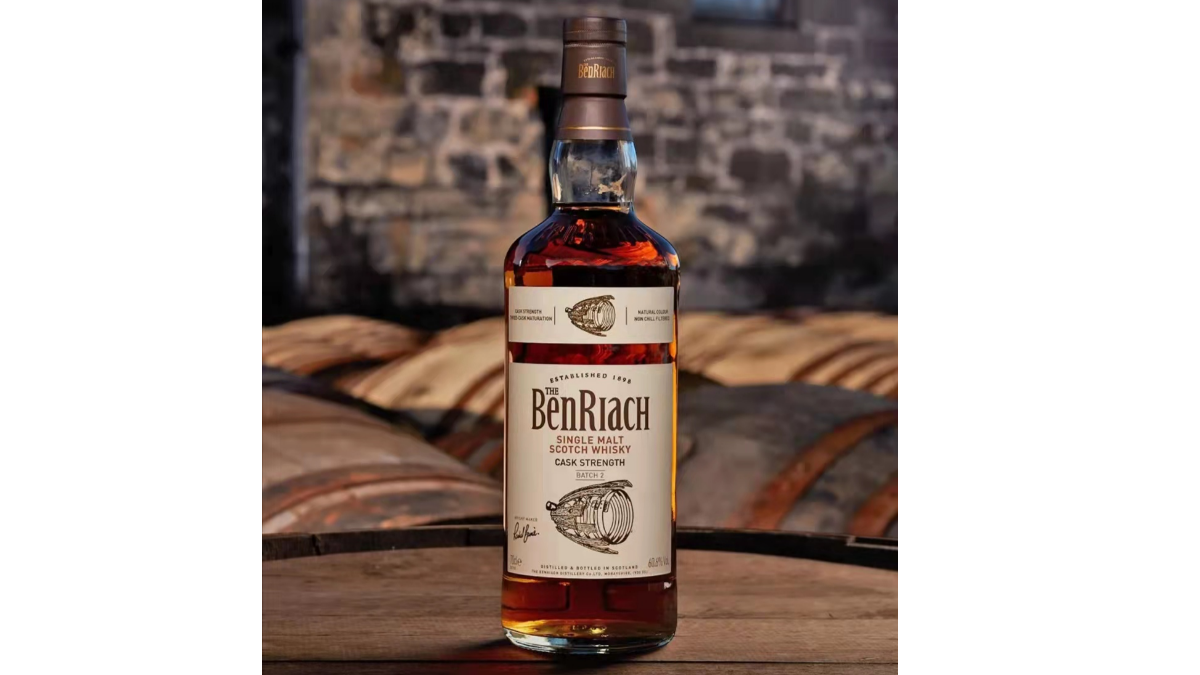
20211118
<Arts Talk>Introduction of Spirits Terminology

There are more choices of spirits on the market and much more people choose to enjoy distilled spirits. This time, we would like to introduce some common label terms for you to know how to interpret the differences between each bottle of wine.
ABV / Proof
This refers to the intensity of the alcohol liquid. ABV stands for alcohol calculated by volume, measured as a percentage, and represents how much percentage of alcohol is in the total volume. "Proof" is usually used in North America, which is double of ABV.
Botanicals
This term is most often associated with the production of gin and other flavoured spirits. It is a natural ingredient, including herbs, spices, berries, rhizomes or citrus peels, and is usually redistilled to add flavour to the spirits.
Cask Strength
The alcohol intensity of the original barrel refers to the whiskey that is not diluted with water and filtered without condensation when bottling, maintaining the intensity when it comes out from the barrel. That can maximize the original flavour of the whiskey. Most spirits bottled with strong intensity in a barrel will have this term on the label.
Ex-Bourbon / Ex-Sherry
A variety of aged spirits usually use "old" barrels, which have previously been filled with another alcoholic liquid, some of which will remain in the wood and eventually affect the taste of the new aged spirits. The former bourbon barrel is associated with the flavours of vanilla, coconut and sweet spices. The front sherry barrel can provide the characteristics of a fruit cake, as well as some sulfur and nutty flavours.
Malt
This refers to the only grain used to make malt whisky in places such as Scotland, Ireland and Japan. Malt is an abbreviated version of Malted barley, which is a processed barley grain prepared for milling, saccharification and fermentation. Single malt whisky is made from 100% malt.
New Make Spirit / Eau du Vie
This refers to a new spirit that is extracted directly from the still without any change after being aged or distilled. Usually comes from spirits with an alcohol content of 60% to 80%. "New Make" is usually used for Scotch whisky, and "Eau du Vie" is used for whisky production in the Cognac and Armagnac regions.
Lydia Zhao POINT PLUME

Extended Reading
《印度‧印象》巡迴簽書會圓滿落幕
BY Andrew lou FROM Hantec Group
Hantec Group Expands Global Engagement: Sponsors Trader Events in Diverse Markets
BY Group Branding and Promotion FROM Hantec Group
<Markets Analysis>Advantages for Fundamentals with Support at USD 100/101
BY Group Branding and Promotion FROM Hantec Group
No.76, South 2 Road, Baiziwan, Chaoyang District, Beijing
(86) 010-8515 1011